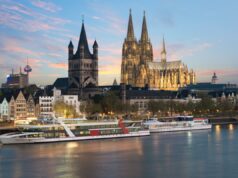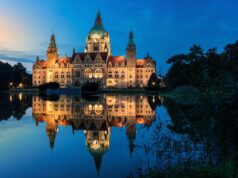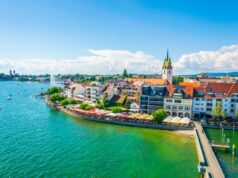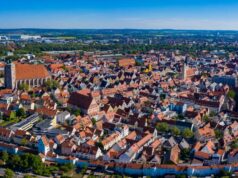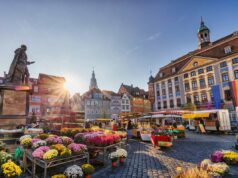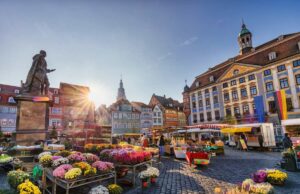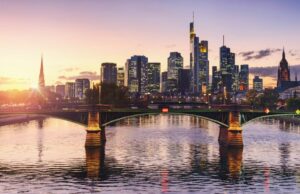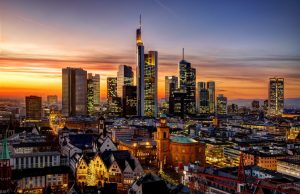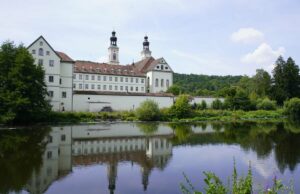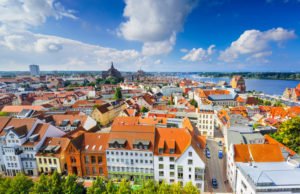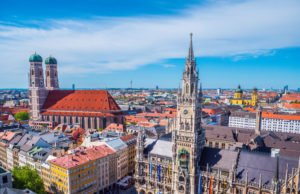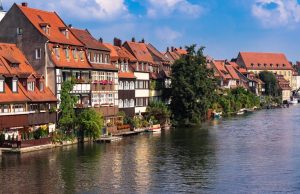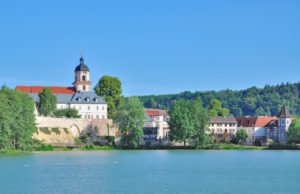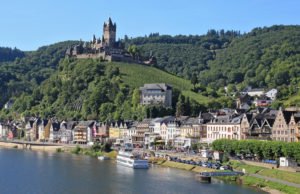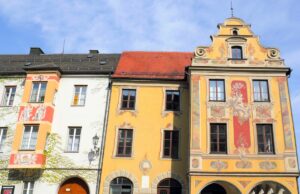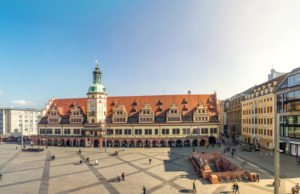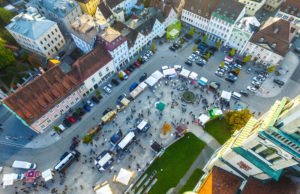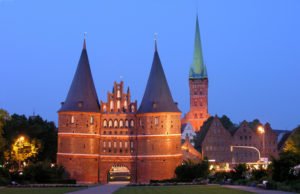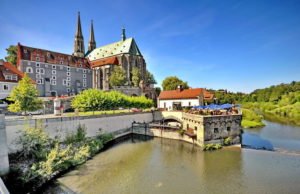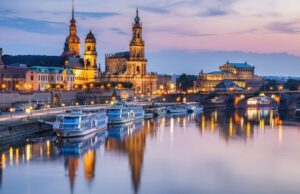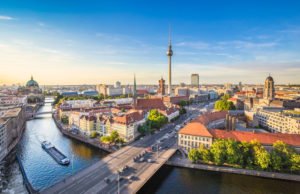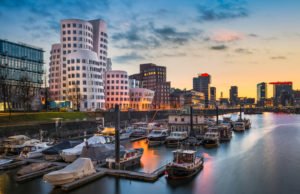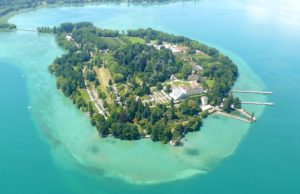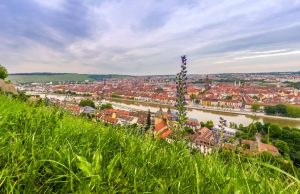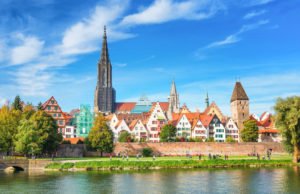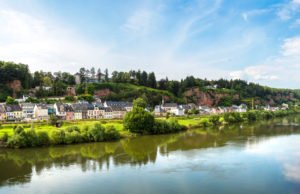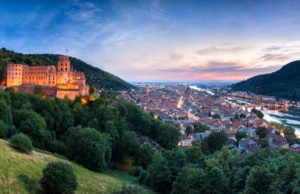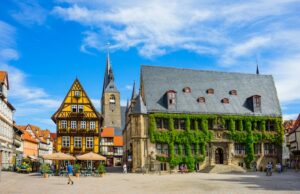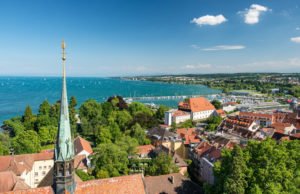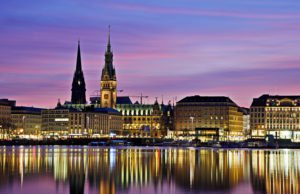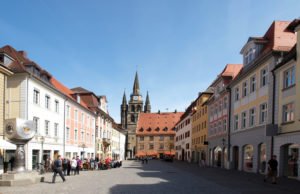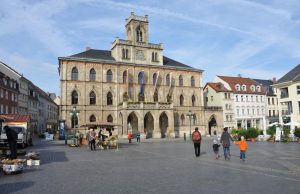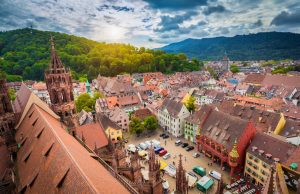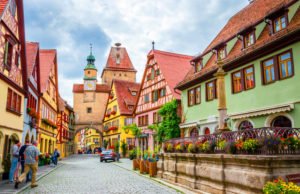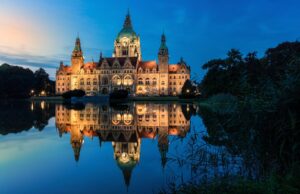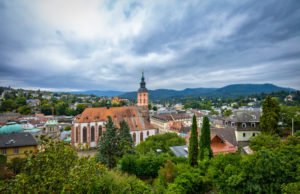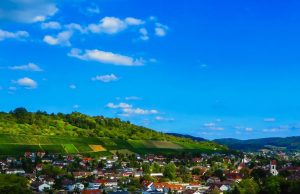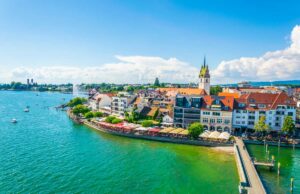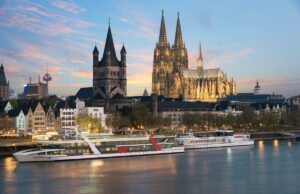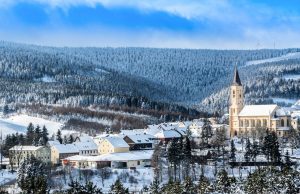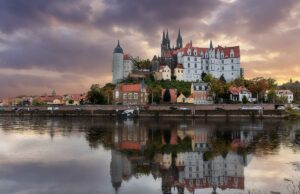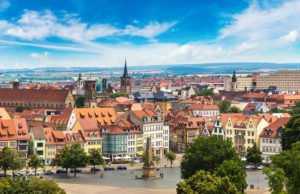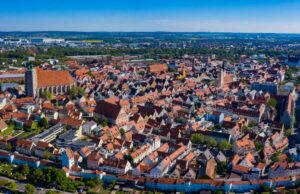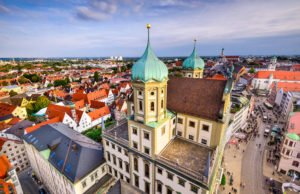Most people know Germany for its cultural architecture – and many overlook its beautiful landscapes. But it’s not just the German cities that draw tourists. Germany also boasts gorgeous landscapes all over. You can find impressive Alpine peaks in the south of Germany as well as picturesque islands in the north.
German Landscape from North to South
At a glance, you can find four main types of landscapes in Germany. Undoubtedly the most impressive area are the Alps in the south of Germany with their stunning views and snow covered peaks. Coupled with the Alpine foothills in the German states of Bavaria and Baden-Württemberg, they’re an ideal region for a road trip or hike (Tip: If you are planning a road trip but are suffering from travel sickness, this article could be helpful!).
Central Germany is known for its numerous forests and the low mountain ranges. The hills only reach an average height of 400-1500m above sea level, but that doesn’t mean you should discount them as a destination! With their sprawling forests and gently rolling silhouettes, they make for one of the most beautiful regions in Germany.
Up north, the landscape flattens out. With the highest “peak” at 200m, you won’t find any mountain views. However, there are numerous lakes and picturesque islands that offer a perfect place to relax. If you plan to rent a bicycle without having to cycle up a hill, the north is the perfect place!
Common Landscapes in Germany
Forests
You are fan of forests? Then Germany is the place for you! The country boasts 11.4 million hectares of woodland. The most famous forests are the Black Forest in Baden-Württemberg and the Bavarian Forest in Bavaria. But also the north offers beautiful forests like the Teutoburg Forest (and its offshoots), which lies between Lower Saxony and Saxony-Anhalt. Central Germany’s most scenic spots are found in the Harz mountains.
Lakes
Besides the numerous forests, Germany is also known for its beautiful lakes. If you are looking for a lake to swim in, you needn’t look any further. According to the European Environmental Protection Agency Germany has the cleanest lakes in the entirety of Europe!
Mecklenburg-Vorpommern (spanning the north-east of Germany) is the perfect place to discover beautiful swimming lakes. Here you can also find the largest lake in Germany: The Müritz. This lake is up to 18 kilometers long and nearly 10 kilometers wide!
Coastal Area
The north of Germany is a classic insider tip! While a lot of German tourists visit the islands in summer, the region seems to mostly be unknown to foreigners. If you’re planning to discover the coastal area, you shouldn’t miss out on the islands of Sylt and Rügen.
But if you’re looking for a truly magical place to visit, the North Sea with the so-called Wadden Sea is the place to see. Here the water completely disappears at a specific time of the day – a truly stunning display of the tides. You can even walk in the sea at low tide – from the mainland all the way to some of the islands!

The most beautiful Nature Places to visit
Obersee Lake

This stunning lake can be found in the southeast of Germany, close to the famous city of Munich. Located in the Berchtesgaden National Park, the area offers a variety of impressive landmarks! It’s only the clear water that inspires awe, but the forests and alpine mountains also guarantee great views!
Basteibrücke

The bridge connects sandstone rocks next to the Elbe River. With a length of 76,5 meters and panoramic views over the Saxon Switzerland National park, it is definitely a must-see in Germany!
Hartz National Park

If you love hiking, the Harz National Park is a great place to start. Here you can find scenic hiking trails and, if you are lucky, a few deer! It’s located in Lower Saxony and Saxony-Anhalt. If you are travelling in the south of Germany, the Black Forest is a good alternative.
Something else to think about: If you’ve always wanted to try mountain biking, you can give it a shot in the Harz National Park. There are 74 routes with a total length of 2300 kilometers. Skiing is also possible in the winter months!
Moselle Valley

The Moselle Valley really is as impressive as they say. The rolling hills, small villages and historic castles create a truly fairy-tale like, romantic atmosphere! Honestly, you shouldn’t miss it – the city of Trier for example is a great place to visit.
Also: If you’re planning a trip to the Moselle Valley, you should look into the local tourist information!
Zugspitze

You’ve always wanted to visit Germany’s highest summit? With 2962 meters above sea level you can not only find scenic hikes but also stunning views – looking over 4 different countries! Located in the Alps, this peak isn’t far from the countries Austria, Italy and Switzerland.
It also offers some of the best ski resorts in Europe!
German Landscapes: a summary
All in all Germany offers tourists a huge variety of different landscapes. The highlights include impressive Alpine peaks (e.g. the Zugspitze), romantic villages in the Moselle Valley and epic views from the Basteibrücke.
FAQ – German Landscape
Germany offers a big variety of different landscapes – from the alpine mountains in the south to the flat coastal area with beautiful islands. Throughout Germany you can find numerous forests, lakes and rivers. Therefore it’s perfect not only for a roadtrip, but also for scenic hikes and cycling tours.
Attractions like the Zugspitze, the Moselle Valley and the Basteibrücke are often listed as some of the most scenic locations. But the Hartz National Park and German islands such as Rügen are definitely worth a visit as well!
If you’re looking for insider tips, you should give the German North Sea coast a try. There’s nowhere else where you can walk from the mainland to an island! But the Hartz National Park with its scenic hikes is also often overlooked.


